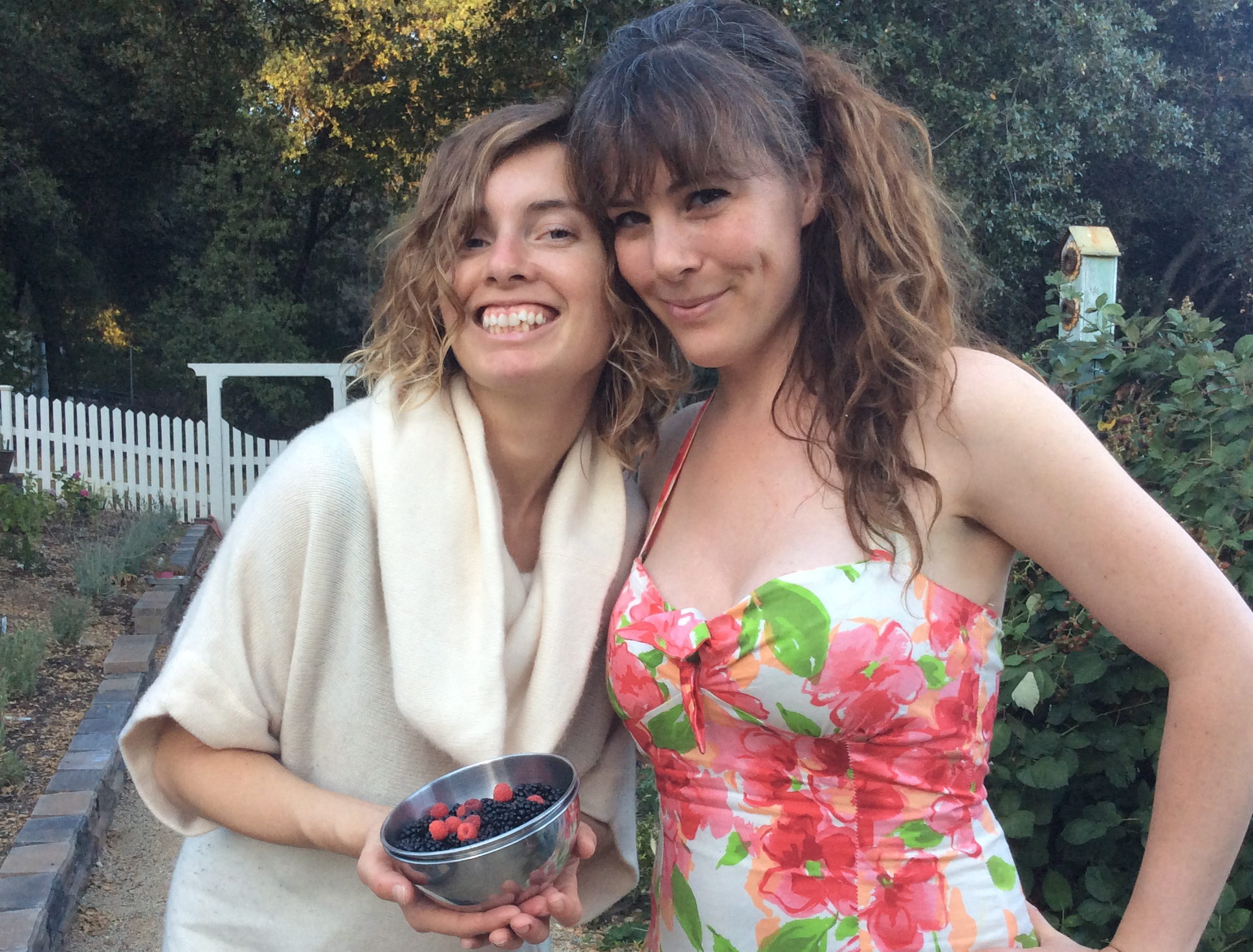Families today have less space for fruit trees or a garden, less time to take care of them, and less time to process or preserve large crops than in the past.
Because of the limited space for most homeowners, this means using one or more of the close plantings (like the intense market gardening technique) and training fruit trees; espalier and hedges are the most common of this technique.
I like to train my fruit trees as an espalier along a south wall. The south wall absorbs the suns heat during the day and the radiating heat is captured, aiding to prevent frost damage to the blossoms.
Prior to the 20th century, the luxury of the produce market didn’t exist and most Americans depended on their home garden for growing produce and herbs for culinary and medicinal purposes.
Supermarkets began in the 1930s but the Depression and World War II had slowed their growth a bit. By the 1950s the Supermarket concept started to dominate the scene. It wasn’t that long ago, that our ancestors walked outside to harvest when the produce is at its full ripeness. Our ancestors had grown produce from a wide selection of heirloom seeds to chose from before GMOs. Why is it a sun-ripened tomato tastes much better than a store bought tomato?
A small tree can yield crops of manageable size and easier to maintain. One of the ways to keep most vines and fruit trees under twelve feet tall is by pruning in the summer and in the winter when the plants are dormant. From my experience, you definitely want to prune in the summer to control the size.
Prune during the dormant season of December and January. January is the recommended time to remove all the dead and damaged branches of the fruit trees and fruiting vines.
There are a couple of techniques on how to prune your backyard orchard.
Open Center (vase)– can be used on all fruit and nut trees. You want to be able to throw a football through the tree.

Modified Central Leader– for higher headed trees, 4-6” main buds are established from the trunk before the open center is developed.

Fruit trees in small spaces have long been pruned into forms such as espalier, where branches are grown horizontally in a single, flat plane. Below are some examples.

Espalier and cordons (fan trained branches) are ideal for jamming an immense amount of fruit production of many varieties into a tiny space.
The word espalier is French, and it comes from the Italian spalliera, meaning “something to rest the shoulder (spalla) against. During the 17th Century, the word initially referred only to the actual trellis or frame on which such a plant was trained to grow, but over time it has come to be used to describe both the practice and the plants themselves.
Espalier as a technique seems to have started with the Ancient Rome. In the Middle Ages, the Europeans refined it into an art. The practice was popularly used in Europe to produce fruit inside the walls of a typical castle courtyard without interfering with the open space and to decorate solid walls by planting flattened trees near them. Vineyards have used the technique in the training of grapes for hundreds or perhaps even thousands of years.
Under my eight espalier fruit trees, I have tucked thyme and garlic. Thyme attracts insects that have a positive effect on the garden’s ecosystem, increasing biodiversity and wildlife activity. Thyme also attracts pollinators, such as bees and butterflies. Thyme and garlic deter pest and prevent diseases. Both the thyme and garlic keep weeds at bay, which is always a plus.
You can create an intense potager or kitchen garden by utilizing every square foot in the garden.
Here are additional resources on pruning:

 Welcome to Life Beyond The City. A blog that encompasses so many of the things that I love and my quest for self sufficiency.
Welcome to Life Beyond The City. A blog that encompasses so many of the things that I love and my quest for self sufficiency.